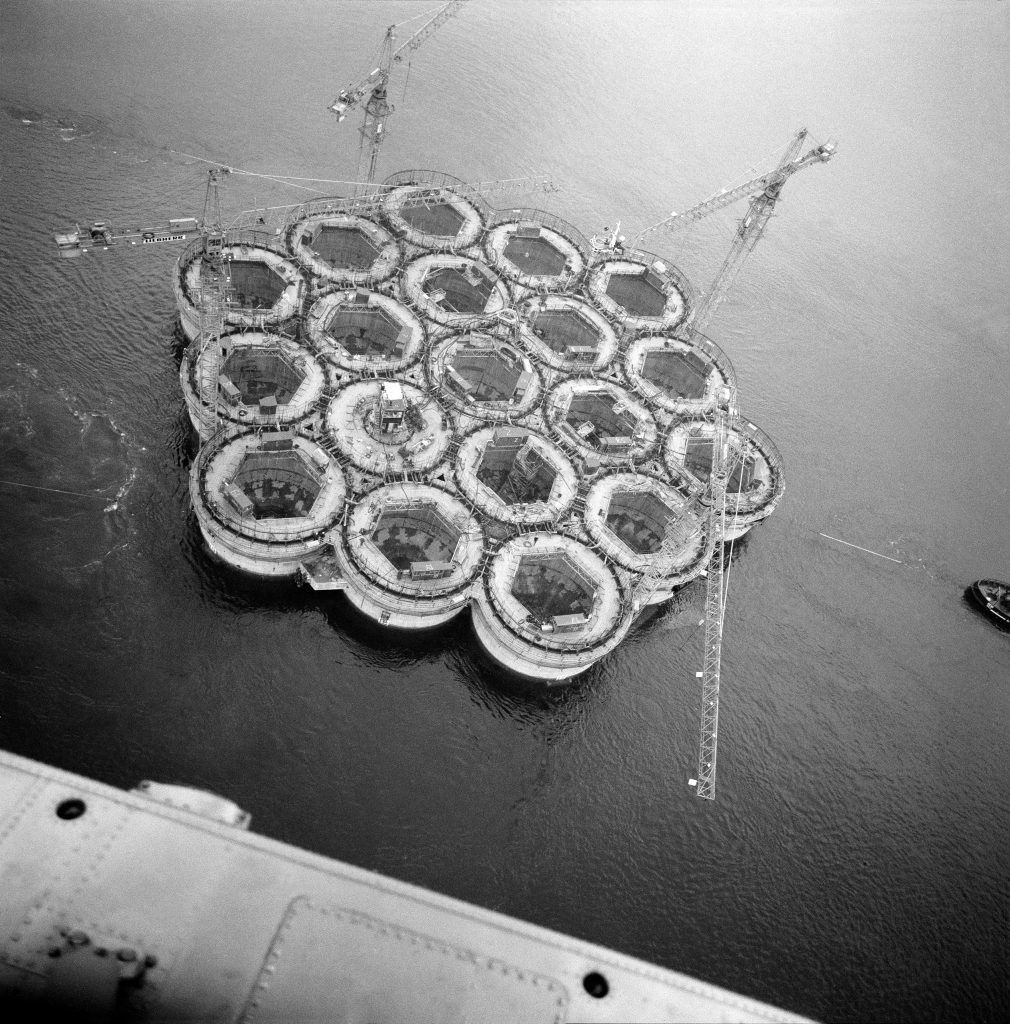
The decommissioning of Brent, which has produced oil for 40 years, is one of the most complex engineering projects of its kind and is expected to take a decade to complete.
Shell has already started work on various stages of the decommissioning process while making plans for the rest.
Yesterday, the company submitted its proposed decommissioning programme to the UK Government.
This snapshot looks at the challenges associated with the different types of infrastructure and explains what has already been done.
Gravity Base Structures (Platform legs):
Each of the Brent field’s three GBSs weighs about 300,000 tonnes, around the same as the Empire State Building in New York.
Regulations prohibit the disposal of offshore installations at sea, but do recognise that the dismantling of large concrete structures like those at Brent could pose a significant risk to safety and the environment.
Shell’s conclusion is that the cost, technical feasibility and safety risk of removing the upper part of the legs is disproportionately high, compared to its recommended approach of leaving the legs in place.
Alpha Jacket:
The jacket stands in water deep enough to completely submerge the London Eye at a depth of 140metres below sea level. The structure has eight legs and was built in Scotland before being floated out to position in the 1970s.
After carrying out assessments, Shell decided it would be best to leave the jacket footings in place due to the engineering challenges associated with their removal.
Topsides:
The Brent field has four platforms − Alpha, Bravo, Charlie and Delta – each of which has a topside.
Next year, the 24,000tonnes Delta topside will be removed in one piece by Allseas’ new Pioneering Spirit heavy-lift vessel.
Wells:
Work to plug the Brent field’s 154 wells and make them safe has been underway since 2006.
Every well has to be sealed with cement barriers after the casings and well control equipment have been removed to ensure no hydrocarbons are released.
The campaign to decommission all 40 wells on the Brent Delta platform was completed in June 2014.
Pipelines:
There are 28 pipelines and umbilicals to be decommissioned on Brent. They measure 103kilometres in length, with the shortest being just 0.03kilometres and the longest 35.9kilometres.
Based on comparative assessments of each one, Shell plans to remove nine and leave the rest in situ.
Fuel Cells:
There are 64 storage cells in the Brent Field which sit around the legs anchoring the GBS to the seabed.
During this latter phase of operation the storage cells served as a means to settle out produced sediment and again for separation of oil from the produced water.
Since 2010, Shell has been working with NASA to develop a technique to access the cells to gain images of the content.
The higher shear strength detected indicates the sediment will take more effort to recover or conversely is less likely to spread if it comes into contact with the surrounding marine environment.
The option recommended by Shell’s assessment is to leave the sediment in place, effectively protected by the GBS.
Debris:
Remotely-operated vehicles (ROV) are being used to put scaffold poles and other debris into baskets on the seabed. They will be raised and shipped ashore for recycling or disposal.
Attic Oil:
Operations to remove oil from the top dome of Brent Delta’s 16 cells have been ongoing since 2014. Using ROVs, holes are drilled in each cell and oil is extracted using a flexible piping system.
Drill Cuttings:
These are pieces of rock that come out of a well during drilling. Regulations prohibit the discharge of cuttings containing more than 1% oil by weight of dry cuttings.
Shell’s sampling has shown the Brent cuttings are below the threshold and proposes to leave them in place to degrade naturally.
Recommended for you
